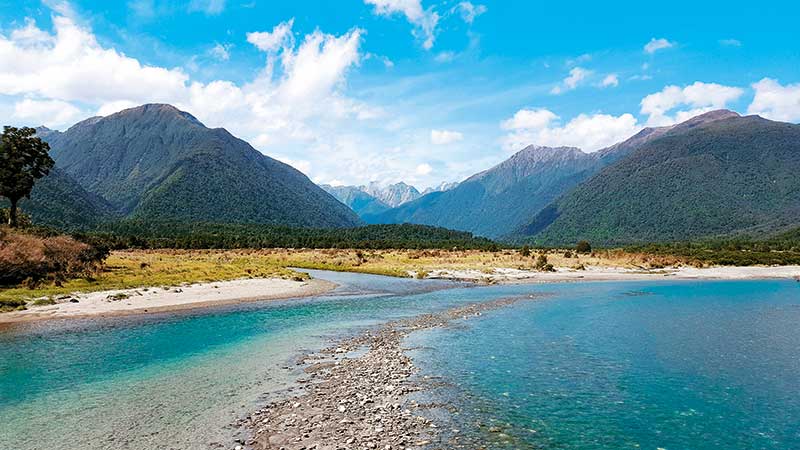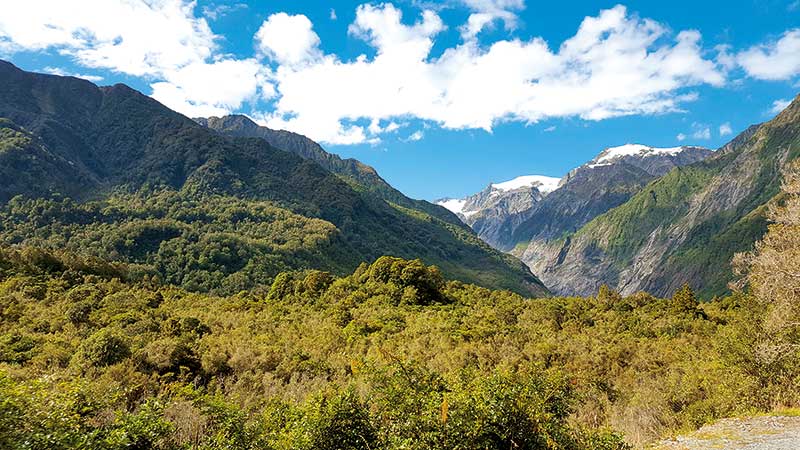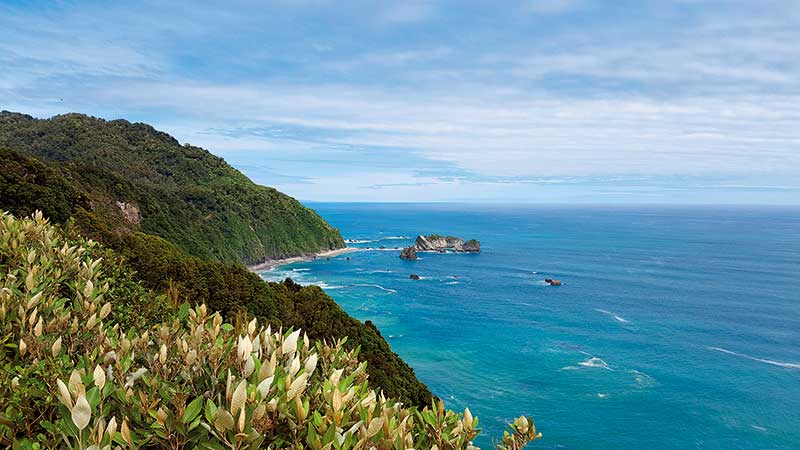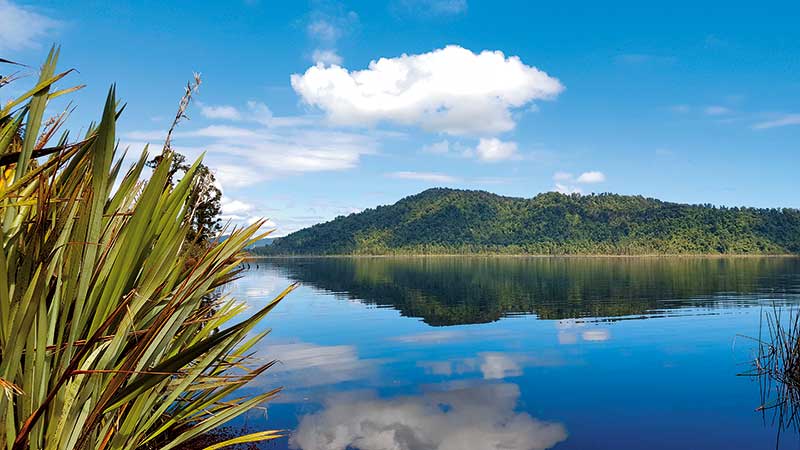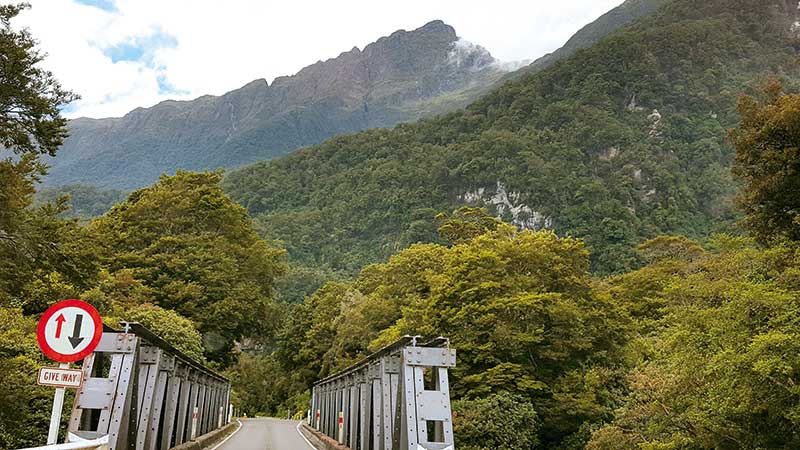One of the best things about living on the road is having no agenda. You can go where you want, when you want, and for as long as you want.
This all sounds very idyllic but we have learned the hard way that it still definitely pays to be prepared, particularly when visiting certain parts of the country. The more remote the area, the more you can expect to pay, especially if you are travelling with a dog.
Exploring the North Island
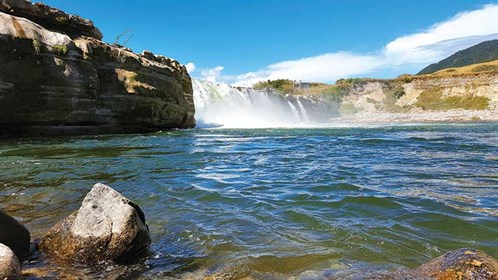
We first felt a harsh tug on our purse strings early on in our travels. We had been spending a few days in Kuaotunu on the Coromandel Peninsula and were having a wonderful time.
Unfortunately, we made the rookie mistake of not stocking up on basic food and supplies in Thames first. As a result, we had run out of several things and trotted off to the local dairy to get some ingredients to make dinner.
I say ‘local dairy’ but, in fact, it was the only dairy around for miles. The stock consisted of such a random selection of items that we struggled to even be able to make a meal but nothing could have prepared us for the shock we got at the checkout when we were charged more than $70 for half a dozen items.
The only thing that stopped us feeling quite so foolish was the fact that every other person we came across had suffered the same fate.
After our tour of the Coromandel, we headed north. I had been to the Bay of Islands years before and remembered it fairly well.
Unfortunately, I had failed to remember the prices or we would have stocked up first at Whangarei. With our old hometown prices still fresh in our minds, we were amazed to find that the cost of most items in the Four Square at Russell cost $4 more each on average than anywhere else we had come across.
This means you’re often looking at in excess of $20 more per shop than usual for the exact same items you always buy. Not cool! While we had been warned that the South Island was more expensive, we had never considered why or how it would affect us.
Unless you have the room to stock up considerably in advance, it’s almost unavoidable as the nearest decent supermarket is often hours, if not days away.
Travelling the West Coast, South Island
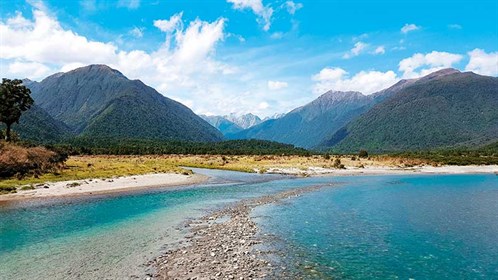
Award for the most extortionate prices goes to Harihari on the West Coast and Haast in Fox Glacier, where you can expect to pay almost more than double for anything from a packet of potato chips to wine and beer.
When an $8.99 bottle of plonk suddenly has a $16 price tag, it’s enough to make you go on the wagon. Even when we did try to plan a more economical route, we still got caught short.
First, we left Murchison after an enjoyable few days with the intention of staying in Reefton. According to multiple references, it costs just $2 a night per person to stay at the racecourse, which looked and sounded lovely.
Unfortunately, we arrived there to find a big sign at the gate with ‘NO DOGS’ on it. That put the cobblers on our plans good and proper and we ended up driving several more hours out of our way to Hokitika, to stay at a campground that cost $40 per night.
The next morning we made our way to Franz Josef, which we were excited about. However, we weren’t so excited to arrive and discover that a) there were no dog-friendly freedom camps and b) we couldn’t do any of the walking tracks in the area because dogs weren’t allowed.
Our lack of research had resulted in us paying $46 to stay in a place in the middle of nowhere with absolutely nothing for us to do.
The plan for the next day was to spend the night in Haast. We were low on food so left early in the hope of getting something for breakfast in Franz Josef.
However, that went out the window as we surveyed the various stores and cafes and saw they were charging $8 for a pie and $9 for a sandwich! It’s fine if you’re on holiday and have money to splurge but when you live this way every day, it’s painful on the budget.
Fox Glacier proved to be the same, so with tummies rumbling, we continued on to Haast. The journey to Haast was lovely and relaxed, with cruisey roads that wound their way past and across many stunning rivers.
We had planned to do a proper food shop there and stock up for the next few days, however, we soon realised this wouldn’t be the case when we arrived and found nothing but a couple of petrol stations and a small store. $50 in places like these buys you very little.
“I’m so sick of getting ripped off!” I wailed to Gareth. “Let’s just keep moving.” And so commenced several more hours of driving, all the while searching for an elusive dog-friendly camp. While I must sound like a right misery guts, I actually didn’t mind going the extra distance at all.
When the roads are enjoyable to drive and the scenery is spectacular, I can just keep going all day. We saw so many beautiful places that in the end, Gareth was jokingly begging for mercy. “Please, no more views! I need a break from taking photos!”
By the time we arrived at the stunning Lake Hawea, we had been travelling for eight hours in search of a dog-friendly campground.
It had been a stunning but frustrating drive and a lot of the places we had hoped to stop for a visit or overnight had turned out to be impossible.
There’s only one thing for it—we’ll have to go back another time and do them all properly again. But next time, we’ll be prepared.
Tips for first-time motorhomers
Whether you live on the road or are just getting away for a few days, you can avoid a few unpleasant surprises along the way simply by doing a few minutes’ research.
- Stock up first. Don’t assume there will be shops along the way. As we have found out, sometimes there aren’t any even after several hours on the road. If possible, make sure you have enough food and basic supplies onboard to last you at least a few days.
- Suss out where the supermarkets are beforehand. It’s well worth jumping online before heading off to an unfamiliar place to see where the nearest supermarket is, so you can make the most of the savings and variety. Grabbing bits from the local dairy is always an expensive way to go and it’s no different when you’re travelling.
- Can we take the dog? Most National Parks and DoC owned land do not permit dogs. Even if the guides and apps state there are dog-friendly areas, do not take their word for it. Check online or contact the DoC office for that area to ensure there have not been any recent poison drops—yes, even in the supposed ‘dog-friendly’ areas.
- Make the most of what you can see. If the budget doesn’t allow for guided tours or helicopter rides over glaciers, or your age or health means you can’t go bolting up mountains, or you can’t leave the dog alone in the vehicle, don’t despair. Not being able to ‘do’ stuff doesn’t mean that you automatically have to miss out on amazing experiences.

